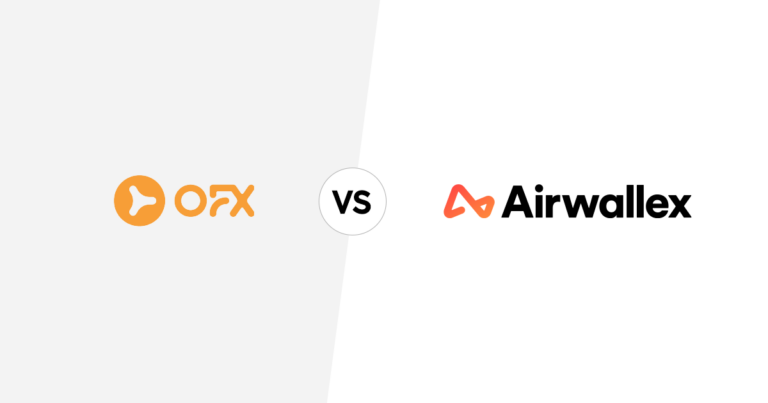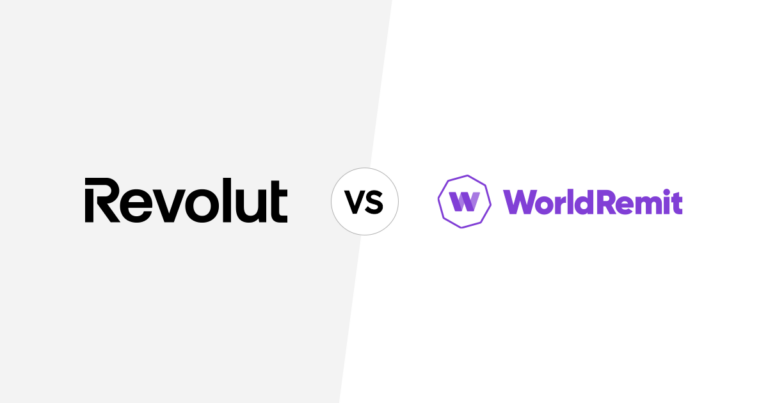Where SMEs are spending and saving: 3 key trends for 2024

This article covers:
According to the World Economic Forum’s Chief Economists Outlook, 54% of chief economists predict global economic conditions will remain stable over the next year, while 37% foresee a decline, and only 9% anticipate improvement.
The report emphasises that any signs of stabilization are taking place at historically low levels, further exacerbated by political instability. However, the gradual easing of inflation and a potential shift toward more accommodative monetary policies provide a glimmer of optimism for 2025.
What does this mean for SMEs as we reflect on 2024 and consider its continuing impact into 2025?
Insights from the SME Spend Barometer Report: January 2023 to August 2024
In an economy marked by cautious optimism, businesses are rethinking their spending strategies with a laser focus on growth. The SME Spend Barometer Report, which analyzed anonymized transactional data from January 2023 to August 2024, reveals fascinating trends that showcase how SMEs are navigating these shifting dynamics.
Balancing costs with growth is front and centre for SMEs. From technology investments and physical expansions to talent acquisition, spending patterns vary across industries and regions—each decision reflecting a bold commitment to strategic progress amid economic uncertainties. Payments, too, have taken the spotlight as a powerful tool for driving operational efficiency and unlocking new opportunities.
Dive into this blog for a closer look at the Instarem 2024 SME Spend Barometer Report, packed with insights and in-depth analysis of the trends shaping SME strategies today!
Fueled by AI and Automation, tech investments rise
In 2024, businesses significantly increased their spending on information services, with a 29.2% rise compared to the same period last year.
This surge highlights a focus on AI and automation to enhance efficiency, drive data-driven insights, resolve incidents automatically, and improve outcomes. Key investments include cloud solutions, e-payments, cybersecurity, AI, data analytics, and IoT.
Regional Trends
In 2024, Malaysia saw information service charges become the top expense across sectors like consultancy, consumer products, and IT, reflecting a focus on innovation. In Australia, IT spending varied by industry, with sectors like consultancy and accountancy increasing investments, while consumer products and financial services scaled back.
Balancing technology adoption with costs
Although technology adoption is a key focus for SMEs, the high costs associated with IT and digital transformation pose significant challenges. In Singapore, for instance, 73% of businesses identified cost as the primary barrier to technology adoption. Expenses include costly licensing fees and the need to upskill or hire skilled talent to manage and optimize new tools.
To maximize ROI, businesses must evaluate their actual needs and strategic goals before adding to their tech stack. Aligning technology investments with operational priorities ensures smooth integration and avoids unnecessary complexity. A prudent focus on scalable solutions with clear returns can help businesses balance the demands of innovation with sustainable growth.
Businesses reinvest in office spaces
During the Covid-19 pandemic, many companies, including small and medium-sized enterprises (SMEs), scaled back-office investments and embraced remote work. In the past one to two years, however, companies like Amazon and Grab have championed a full return to the office, emphasizing the advantages of in-person collaboration and spontaneous creativity. This trend, driven by industry leaders, has spurred a ripple effect, with other businesses following their lead.
Instarem 2024 SME Spend Barometer Report indicates that many SMEs are now expanding their physical footprint. Sectors such as retail and wholesale are investing in physical spaces to drive long-term growth, enhance distribution, boost volume, and improve customer experiences.
For small businesses, office spaces remain essential for building culture and trust. For example, despite office rents reaching a 15-year high in Singapore—driven by declining vacancy rates and increased demand—office expenses have risen by 2.5% over the past year.
However, not all industries are following this trend. Sectors like online retail, marketing, and media are scaling back on office costs, instead leveraging a stronger online presence. These businesses often focus on borderless hiring to expand talent reach while maintaining cost efficiency. By prioritizing salaries and digital investments, they are adapting to rising operational expenses and economic uncertainty, demonstrating a strategic shift toward flexibility and innovation over traditional office-centric models.
Next, we examine how businesses are managing salaries and balancing costs amid these evolving priorities.
Balancing talent and costs
Talent remains the most significant investment for most businesses, emphasising the need to balance the cost of talent with efficiency to drive growth. The shift toward in-office mandates offers companies an opportunity to streamline their workforce, aligning headcount optimization with broader organisational objectives.
Amid ongoing layoffs and economic uncertainty, many SMEs are tightening budgets to navigate challenging times. The key lies in strategically trimming costs—implementing short-term reductions that bolster long-term growth rather than compromise it.
Data across sectors shows modest but steady salary and wage increases, underscoring a commitment to attracting and retaining key talent. While hiring remains cautious, businesses are prioritising operational efficiency through automation, restructuring, and selective scaling in critical areas.
In Singapore, salary spending in 2024 remained flat, reflecting a mixed trend: some industries scaled back, while others, like media and marketing (+13%) and business services (+2.69%), increased spending on third-party advisors to leverage external expertise for growth.
In contrast, Australia’s employment landscape has shifted from a jobseeker-driven market to one characterized by cautious hiring and tighter spending. For SMEs, this environment provides an opportunity to focus on retaining top talent, ensuring competitiveness despite economic challenges.
Prioritizing business payments as a strategic lever
In an era of economic uncertainty and inflation, a cautious, ROI-driven approach to spending is vital. Payments, which intersect all areas of investment—whether in technology, talent, real estate, or export growth—should be viewed as a strategic driver of success rather than a routine task.
For SMEs exploring new markets and growth opportunities, challenges such as fluctuating currency exchange rates and high processing fees can significantly impact resources. To mitigate these costs and capitalize on opportunities, SMEs should adopt innovative payment solutions that prioritize cost efficiency, transparency, and flexibility, particularly for managing cross-border transactions.
Discover the full insights
This blog highlights a few key findings from the Instarem 2024 SME Spend Barometer Report. For a comprehensive view, download the full report.




















